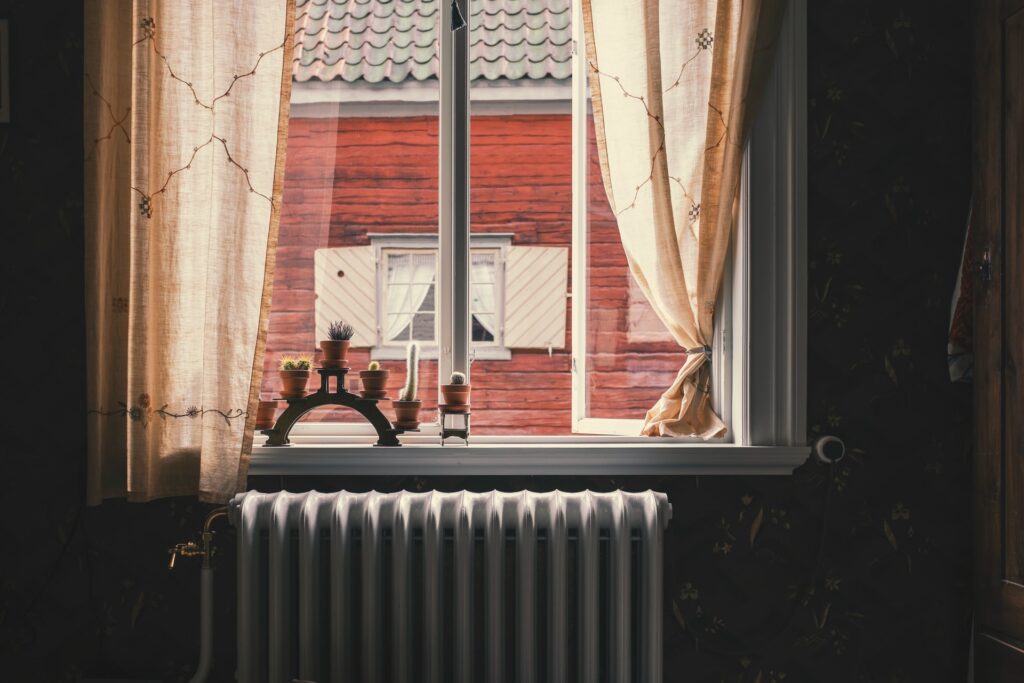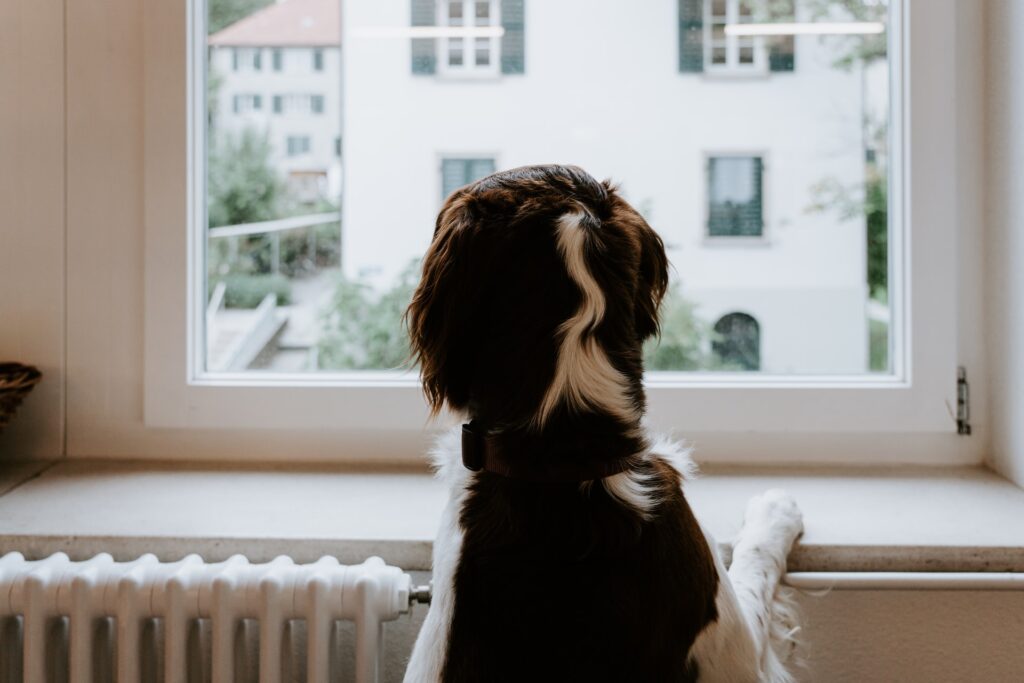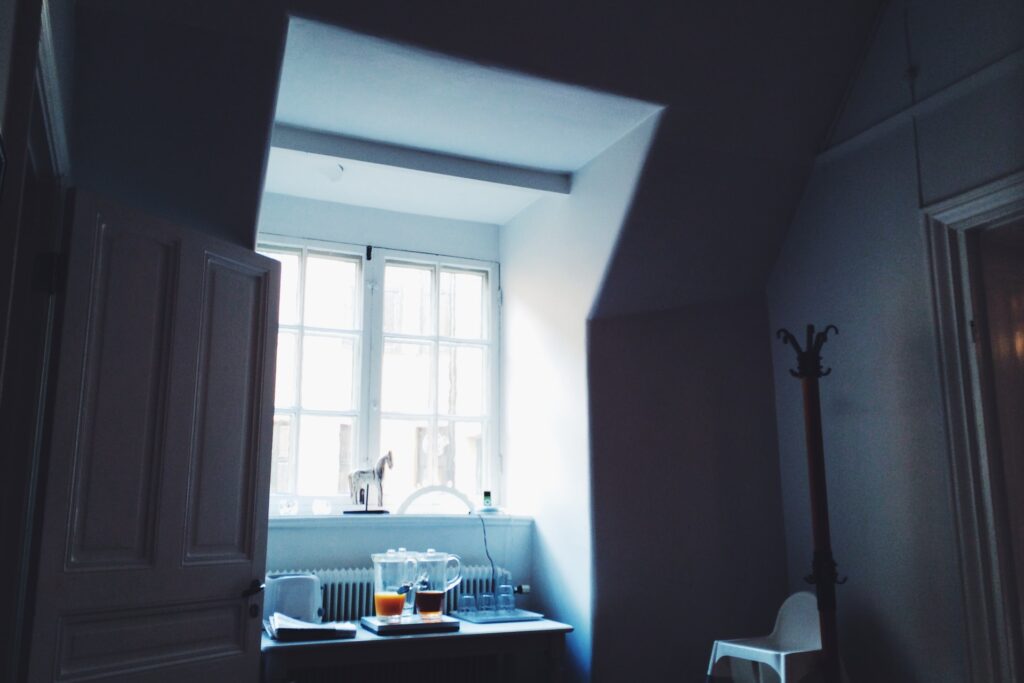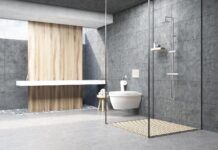
Our radiators can be lifesavers at times, so when they break down or don’t function as well as they should, it’s only right we know why – so this is your one-stop guide to everything you need to know about your radiator… before you call the plumber.
Bleeding Your Radiators

Bleeding your radiator is a phrase often thrown around, but do you actually understand what it means, and why and how often you need to do it?
To put it simply, bleeding is when you vent trapped air from the radiator, which gradually builds up over time and prevents your radiator from performing to its full potential or even at all.
The air builds up due to small amounts of air entering through the central heating system every time freshwater flows through the boiler. The air then collects at the top of the radiator, preventing the top part of the radiator from filling with hot water and in turn not providing its full heating capability.
It’s important to bleed your radiator at least once a year to ensure you’re getting full use of your radiator. It’s a relatively simple process and, if you have the time, SSE can teach you to do it. However as always if you have any issues or problems you should always contact a professional plumber.
Flushing Your Radiators
Flushing your radiator is a bit more complicated than bleeding. It is a process carried out by professionals in which they completely clean the radiator removing any sludge that has built up over the years. It’s a process definitely worth considering getting help with as you may notice an improved amount of warmth in your rooms.
As previously mentioned, it is usually done by professionals and can be a pricey procedure varying around the two hundred pound mark. However, if you do decide to go ahead with the process, to avoid further build-up you can get a cleaning system like magnaclean which helps prevent this.
Is it time for a new radiator?

If you have a large room and you are having to run a smaller radiator at a higher heat to meet your expectations then it could be worth considering a new larger radiator. Larger radiators are more efficient as they can run at a lower temperature and still heat the room well.
If your radiators are old then some may not be able to handle the output from a new boiler, in this case, you will need to update the old radiators.
If you feel like it’s time for an upgrade, Trade Radiators offer a huge range of high quality and reliable radiators for you to choose from.
What type of radiator should I choose?
The type of radiator you pick is all determined by your budget and design of choice. There are many different types of radiators such as vertical, horizontal, flat-panel, designer, low level, and many more.
As for practicalities, there are three main types of convector radiators:
- Single Panel Convector Radiators
- Double Panel Convector Radiators
- Double Panel Double Convector Radiators
A panel is the long metal planks that run parallel to the wall, they are what holds the hot water that comes from the central heating and emits heat around the room. So it goes without saying, the bigger and more panels, the larger amount of heat that is produced.
The convectors are the fins welded to the panels and are used to increase the surface area of the radiator, stretching the heat further in the room.
These are important details to consider however before you go out looking for a new radiator it’s important that you calculate the heating requirements you want for the room in order to ensure you buy the correct size of radiator.
Calculating Your Heating Requirements

Calculating the heating requirements for your desired room is vital in finding the right size of radiator.
There are software tools that can be found online to find the rough amount of heat demand needed for the room. So it is recommended that you use them in order to help your calculation.
The key things to take into account from the room are wall type, floor type, insulation, size of the room, amount of external wall, and the intended use for the room.
With most modern boilers, it is a good idea to go for a slightly larger radiator than you think is necessary. This will allow you to have a bit of leeway when it comes to controlling the temperature of the room.
Where should I put my radiators?
The standard and most common place to put your radiator are under windows because they tend to be the coldest areas of the room, so doing that will create an equal temperature throughout the room.
There can be some issues such as the window shielding the heat from the radiator and pulling its performance down a bit. Installing a radiator shelf above it can help prevent heat loss as well as using materials such as Radflek.
If you decide against positioning it near the window then any area of the room where you might require the most heat will be sufficient.
Radiator Cabinets and Furniture

Perhaps you are not happy with the look of your radiator, or maybe you have children you want to distance from it, a radiator cabinet can sound like a really good idea however, if possible it is recommended that you avoid it.
Putting a cabinet or cover around your radiator can seriously reduce the heat output of the radiator. Similarly, putting large furniture near or around the radiator will absorb the heat and significantly reduce the amount of heat circulating around the room. If you have no way around this, a radiator fan should be considered to help redirect the heat around the room.
There is a lot to talk about when it comes to radiators, but the key information is all here for you to use. Hopefully, in reading this you will be able to diagnose issues and improvements for your radiators and provide both you and your family a warm and cosy winter.











